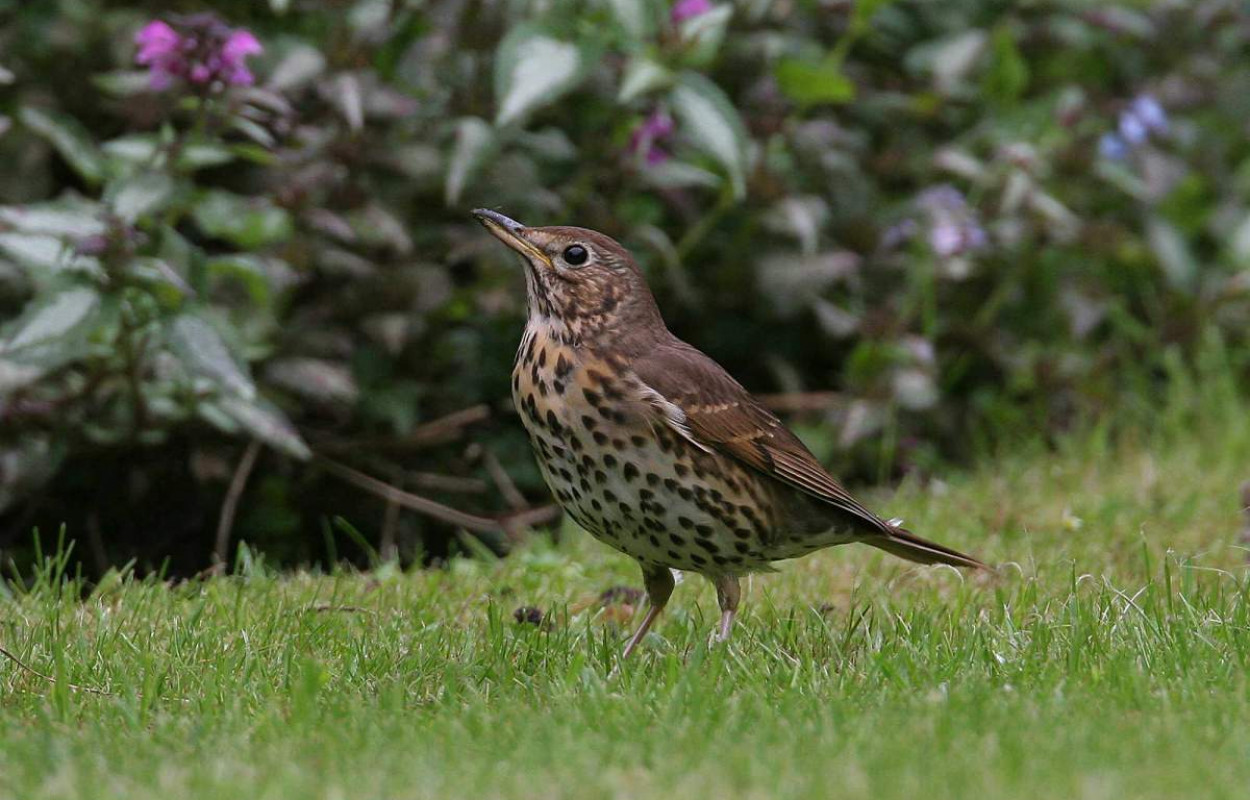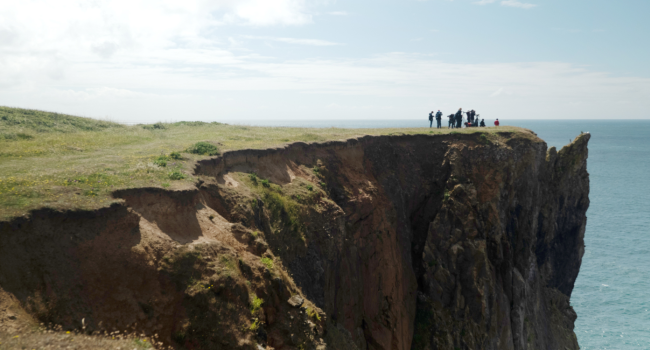Bird responses to housing development in intensively managed agricultural landscapes

Author(s): Gillings, S.
Published: August 2019 Pages: 11pp
Journal: Urban Ecosystems Volume: 22
View publicationLike in many countries, Britain faces the challenge of housing a growing population, but urban expansion to address this can lead to locally high rates of biodiversity loss, along with fragmentation of natural and semi-natural habitats. In Britain, most new housing is built on farmland or previously developed land, not on pristine natural habitat, meaning lessons from elsewhere may not be useful when assessing the effect of housing developments on wildlife.
The BTO study used data collected by volunteers during the Bird Atlas 2007–11 project to assess how bird populations vary along a gradient from farmland to city centre. For 146 breeding and wintering bird species in England and Wales, bird abundance was related to the number of people living in each area surveyed. As expected, species such as Skylark were completely intolerant of any form of development, while others such as Feral Pigeon thrived in heavily developed landscapes. Species like Song Thrush were intermediate, becoming more common in the suburbs and other places with moderate human populations than in either open countryside or urban centres.
Although these relationships may seem obvious, knowing at precisely what levels of development each species' abundance changes is crucial for estimating how birds will be affected in future. For example, the study examined the possible effects of the UK government’s 14 proposed garden villages on local bird populations. The results suggested that under current plans, the abundance of approximately 47% of species breeding at the garden village sites is likely to reduce in response to the proposed development, with 18% expected to undergo no statistically significant abundance change and 35% expected to increase. However, various measures were found to improve the situation for birds, such as including patches of trees and wetland areas in the garden village designs. Previous work involving the BTO has demonstrated that contact with birds improves people’s well-being, so understanding the effect of housing development on bird numbers has important implications for the future human residents of these villages as well as for the birds themselves. The results of this research can now be used to develop tools to help developers and planners optimise the design of new developments, both to benefit wildlife and the people that live there.
Abstract
Housing a growing human population is a global issue and designing environmentally friendly developments requires identifying the species likely to be negatively impacted and finding mitigation solutions. Existing studies that consider fragmentation of natural habitats have limited application in countries such as Britain where a prime target for development is agricultural land where decades of intensive management have already diminished biodiversity. Here I used citizen science data on the abundance of 146 breeding and wintering birds to develop models linking abundance to human population density and habitat features. I used these as a proxy for the urbanisation process, finding that impacts of urbanisation were species-specific and context dependent. Low-density developments benefited a high proportion of birds, with wetland birds benefitting most and farmland birds least, but as human densities increased further, up to 75% of species were negatively impacted. Almost half of species currently occurring at 14 flagship residential development sites were predicted to decline based on projected human population density increases, with a third predicted to increase. Presence of wetlands, canopy cover and patches of trees all benefited certain species but efforts to identify more detailed habitat associations were hampered by collinearity among variables. I conclude that even in heavily degraded agricultural landscapes, a high proportion of species will be negatively impacted by residential development and that some will require spared land to persist in the wider landscape. As no single habitat benefited the entire bird community, urban planners wishing to design bird-friendly developments will need to make difficult decisions over which aspects of the bird community to prioritise.







Share this page